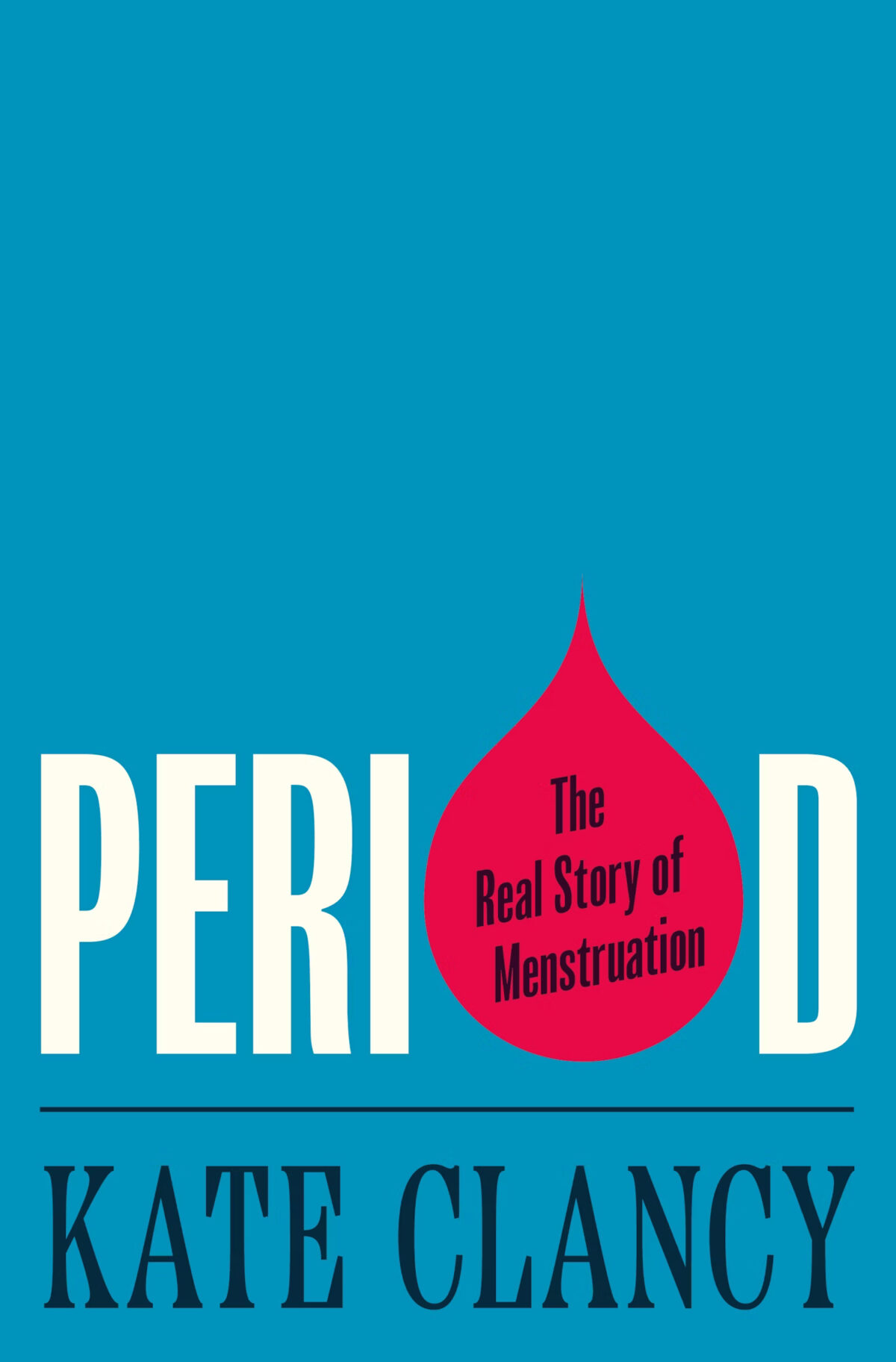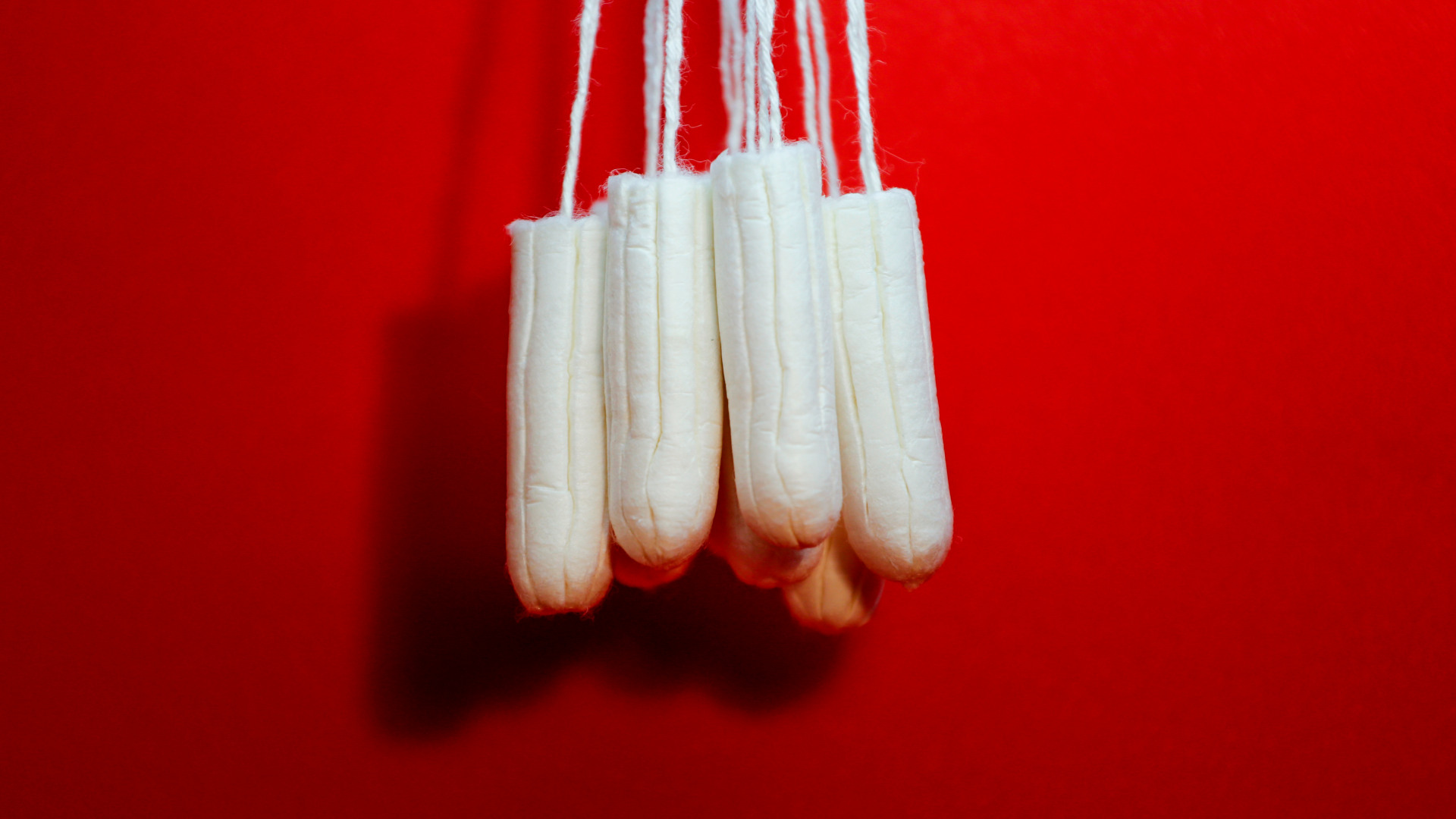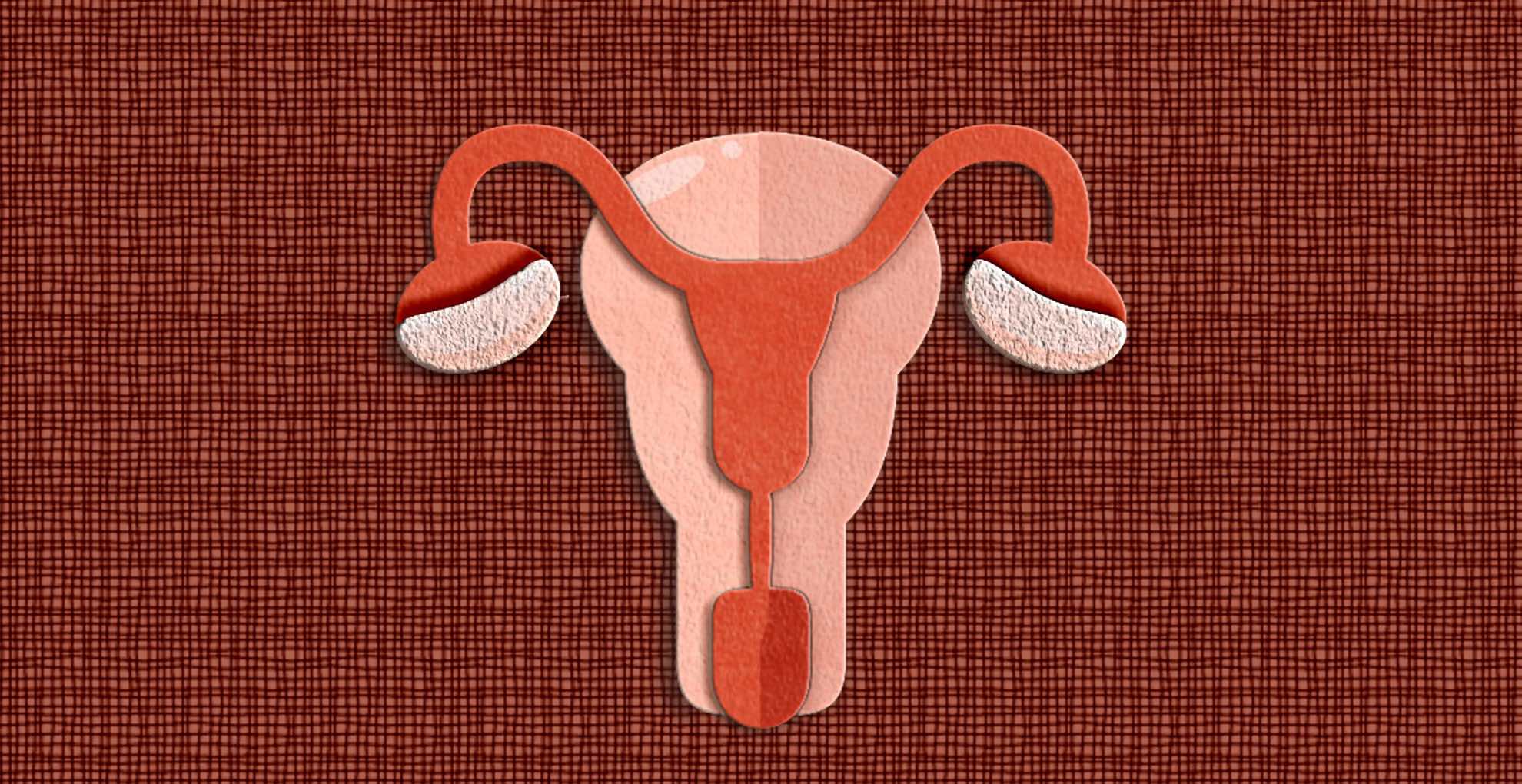Kate Clancy hopes you read her new book, “Period: The Real Story of Menstruation,” everywhere: “in libraries, on public transportation, in front of loved ones and strangers.”
Clancy, an anthropology professor at the University of Illinois, Urbana-Champaign, is not pleading for increased sales for her book, which explores the science of menstruation from anthropological, historical, and social justice perspectives. Instead, she’s calling on readers to flaunt the book without the shame that’s dogged menstruation ever since medieval theorists and early modern witch-hunters posited that menstrual blood can “bewitch, deform, and kill.”

BOOK REVIEW — “Period: The Real Story of Menstruation,” by Kate Clancy (Princeton University Press, 264 pages).
Periods — the process of shedding blood and endometrial tissue — affect half the people on our planet, with menstruators in the industrialized world experiencing an average of 400 periods in our lives. The underlining tension in Clancy’s work, which combines science, personal experience, and social commentary, is the menstruation stigma that has not only tainted but defined our approach to this common bodily function, erasing it from public life and rendering it mysterious to science. She urges everyone “to cast your eyes upward, at the systems that persist in putting limits on better understanding, caring for, and treating bodies who menstruate” and to reevaluate everything we know about this maligned process.
Clancy, who leads a feminist science lab at Urbana-Champaign that studies environmental stressors and menstrual cycles, quickly and efficiently dispatches with the menstruation myths that have long characterized the “Daddy Knows Best” gynecological world.
The first and most pernicious: Menstruation is useless, a trait that evolved with no biological purpose. Clancy argues that we might menstruate for a variety of reasons. Perhaps to conserve energy. Maybe for “menstrual priming,” which is the idea that periods train the uterus in endometrial remodeling and repair in anticipation of future embryos. Menstrual blood might even have healing properties: Scientists in Australia have used wound-healing models, or tests on human or animal subjects, to show that period blood repairs tissue both inside the body and out.
As the book progresses, Clancy pokes more holes in our ingrained cultural myths and assumptions about menstruation. She calls out the medical establishment’s tendency to understate the danger of thinness and overstate the danger of fatness when it comes to menstruation and fertility. She scoffs at the historical conflation of women’s supposed passivity and the meekness of an egg waiting like a princess in a tower for sperm to sweep it off its feet; it turns out that follicles, the sacs that contain eggs, are actually very competitive, jockeying throughout the menstrual cycle for the coveted position as the one that will ovulate.
She also interrogates the idea that there is a “normal” menstrual cycle by which all bodies and experiences should be judged. In the 1940s, the American Museum of Natural History unveiled two statues of “normal” proportions, dubbed Norma and Normman. In the decades since this eugenics-tinged move, normality has become “an enforced set of traits, a way of in-grouping and out-grouping people,” she writes.
Consequently, we are told that “normal” menstrual cycles should conform to certain standards: they should begin and end at certain points in our lives, they should last for 28 days. But when it comes to menstruation, there are many different kinds of normal. Someone might experience no ovulation, a long follicular phase (when follicles grow in preparation for ovulation), a short luteal phase (the post-ovulation stretch of the cycle when the uterine lining thickens in preparation for possible pregnancy) — the possibilities are endless. For example, Clancy’s lab recently charted rising and falling estrogen levels in a variety of women during the course of their menstrual cycles; three distinct rise-and-fall patterns and 10 pattern subtypes emerged. This research, Clancy argues, proves that many different menstruation experiences can be considered normal.
At every turn, Clancy’s account emphasizes the misogyny embedded in the scientific process. For example, in early 2021, one of Clancy’s colleagues messaged her that several friends had experienced intense periods after receiving the Covid-19 vaccine. (To be clear, Clancy is pro-vaccine.) Science has long noted the similarities between menstruation and inflammatory processes, but the relationship between intense bleeding and vaccines was murky. This is thanks to a systemic issue: Vaccine trials failed to ask non-fertility questions about the reproductive system, because, Clancy argues, the medical establishment only cares about fertility.
So Clancy and her colleague decided to delve into the anecdotal tales they’d heard about heavy periods after the vaccine. They expected about 500 recruits for their study; within a month, they’d received 80,000 applications. Ultimately, 40 percent of cisgender respondents who menstruate experienced heavier bleeding after the vaccine. But, coverage of this research was skeptical, with journalists wondering if these menstrual changes were the result of pandemic stress and nothing more, an interpretation Clancy felt characterized she and her colleagues as “ridiculous ladies feeling our ridiculous feelings about things that were definitely not real.”
Clancy concludes this story with a dream of collecting menstrual blood to test her hypothesis about vaccines’ impact on inflammation and coagulation, but laments that she needs a “rich feminist benefactor” to make that happen — yet another systemic barrier standing between us and a comprehensive understanding of menstruation.
As an anthropologist and feminist, Clancy is well-suited to destroying the misconception that science is immune to entrenched biases and social forces. Many of her observations are trenchant and essential, such as, “Western culture’s toxic trait (nowhere more obvious than in the United States) is pretending big structural problems are in fact personal ones.”
But this strength of the book can also be a weakness. Sometimes, in its laudable attempts toward intersectionality, the narrative meanders. It delves into topics that don’t seem to belong in a certain place, such as a section on the fallibilities of menstrual health management initiatives in the middle of a chapter on inflammation. It indulges in digressions that seem too distant from the topic at hand, such as a long passage about microaggressions and rudeness in the workplace and a note about how we will never have menstrual equality in a world with school shootings.
Occasionally, Clancy seems so loathe to capitulate to the Western thirst for definitive conclusions that the Western reader finds herself longing for, well, a definitive conclusion. At times, I also longed for less social analysis and more intriguing facts about uteruses and menstruation. It seems that Clancy had the same desires: “I don’t want to be talking about this stuff,” she tells us. “I want to be nerding out on mechanisms of menstrual repair.”
But alas, this is the world we live in. And Clancy’s sociopolitical bent does serve the book in many respects, especially in the passages where she uses her personal experiences to highlight the perniciousness of menstrual stigma (anyone who has ever menstruated will cringe when Clancy describes the sensation of passing a bloody chunk in a professional setting while smiling and pretending nothing is wrong).
Clancy’s ending chapter, where she imagines her ideal menstrual future, is also powerful. She dreams of an end to period stigma, which she argues would make menstruation less painful and distressing. She calls on science to develop birth control methods that don’t cause so many side effects, and for companies to institute breaks for changing tampons and for rooms with heating pads where menstruators can rest.
Intriguingly, she even looks to science fiction short stories to help her imagine this world. Despite its flaws, Clancy’s book is an important and provocative look at an incredibly common yet stigmatized bodily process and at the fatal flaws underlying both our science and our society. It might make readers uncomfortable. But as Clancy proclaims, that means she’s doing her job.
Emily Cataneo is a writer and journalist from New England whose work has appeared in Slate, NPR, the Baffler, and Atlas Obscura, among other publications.











